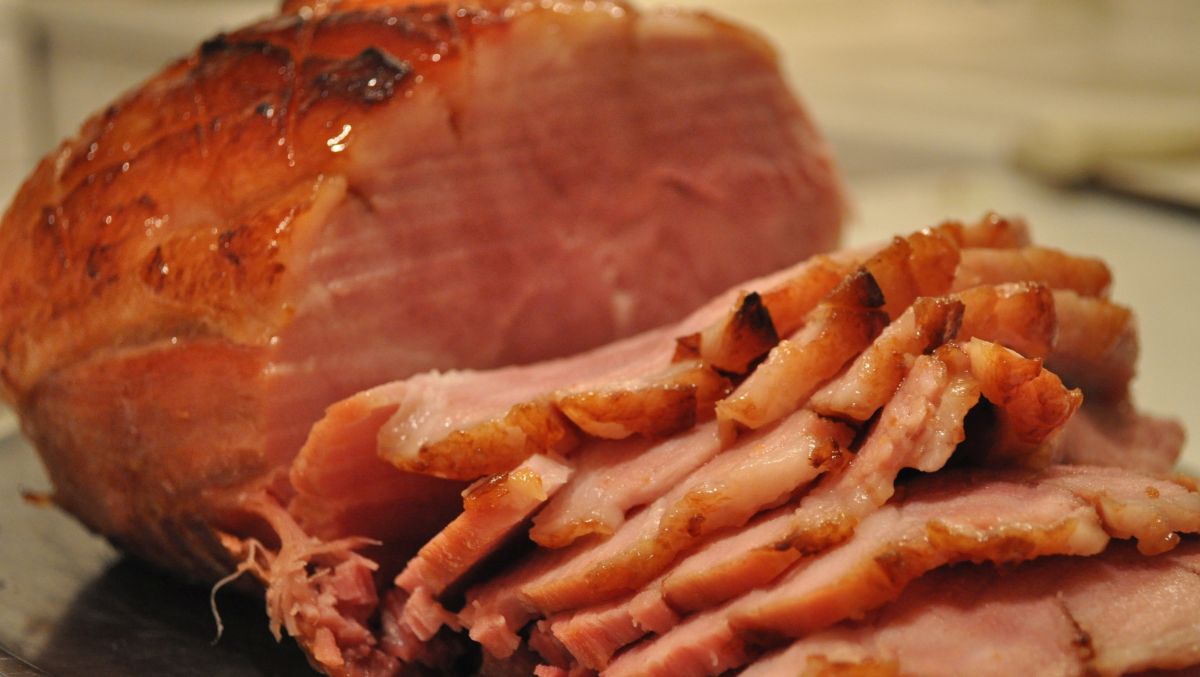
'Most retailers have let their customers down by offering an abysmal selection of British gammons this Christmas', says the National Pig Association. Worst performer in NPA’s GammonWatch survey across 68 towns and cities is Asda.
“Nobody is calling for all British supermarkets to stock 100 percent British gammons,” said NPA chief executive Dr Zoe Davies. “But there are plenty of British pork legs available and we hope the poor performers will be much more supportive in future.
“Indeed, we urge them to redress the balance immediately, by making a special effort to support British producers across all pork categories as we enter the difficult New Year period, when the market is going to be particularly challenging this year.”
Although most retailers have piled their shelves high with imported gammons this Christmas — at a time when many pig farmers are fast sliding into the red — the majority have continued to show strong support for British pork in other categories, particularly fresh pork.
Over the past four weeks, National Pig Association members have surveyed 150 supermarkets in 68 towns and cities, checking gammon displays. Worst performer has been 'Asda with British product making up only 8 percent of its gammon shelf-facings', according to the survey.
“We know high street competition is intense at present, but surely Asda could at least match the hard discounters and display a reasonable number of British gammons,” said NPA chairman Richard Lister, a pig producer in North Yorkshire.
“We recognise there is a glut of pork in the European Union at present, and the strength of sterling makes it available over here at an attractive price. But if retailers want the convenience of a thriving British pig sector on their doorstep, producing reliable supplies 52 weeks of the year of a quality-assured, traceable, high-welfare product, then it's essential they make a special effort to support British pig farmers, particularly at present when an increasing number are selling pigs at a loss.”
On a much more positive note, NPA’s supermarket surveyors found exemplary support for British gammons by Waitrose, M&S and the Co-op, all selling 100 percent British gammons, and at competitive prices too.
Tesco achieved 29 percent by virtue of some stores having a much better display of British gammons than others.
In NPA’s ‘Hundred Percenters Club’ — these are the retailers who source 100 percent fresh British pork — Morrisons was 'a disappointing 14 per cent British shelf-facings on gammons, and Sainsbury’s a not-much-better 19 percent, but NPA acknowledges their support in other pork categories', according to the survey.
Shortly before NPA members started conducting their GammonWatch surveys the industry’s professional PorkWatch surveyors had noted 39 percent British gammon facings in Aldi and 17 percent in Lidl. Both Aldi and Lidl are currently in NPA’s ‘Hundred Percenters Club’ for fresh British pork.
Lidl improved its display of British to 66 percent during December and Aldi introduced its Christmas offer of one imported line and one premium British line, but in some stores the imported product was given more than one shelf-facing.
“We’d like to remind retailers that British pig producers have a world-wide reputation for their high-welfare husbandry,” said NPA chief executive Dr Zoe Davies. “For instance, most continental pig producers still confine sows in steel gestation crates, or ‘stalls’, for part of the time, whereas they have been outlawed on British farms for 16 years.
“And in contrast to the continental pig industry, most British pig farmers favour extensive production systems, where pigs are kept outdoors or in deep-strawed barns.”
NPA vice-chairman Richard Longthorp said, “Producing high-welfare pigs outdoors or on straw carrries a significant cost disadvantage and retailers must be mindful not to kill the golden goose. If they do, they will have let down their suppliers and they will have let down their customers who continue to demonstrate they want reasonably priced high-welfare, quality-assured British pork”.
A year ago the industry’s Standard Pig Price stood at 145p a kilo and today it is down to below 126p, and still falling. Taking all costs into consideration, the Agriculture and Horticulture Development Board sees current break-even price for producers at 139p.
